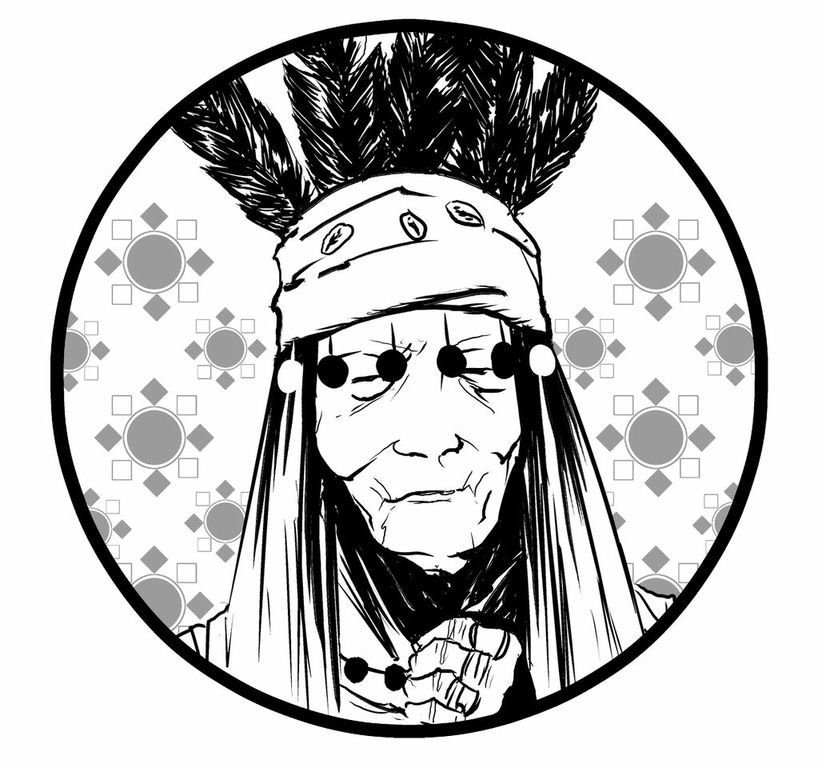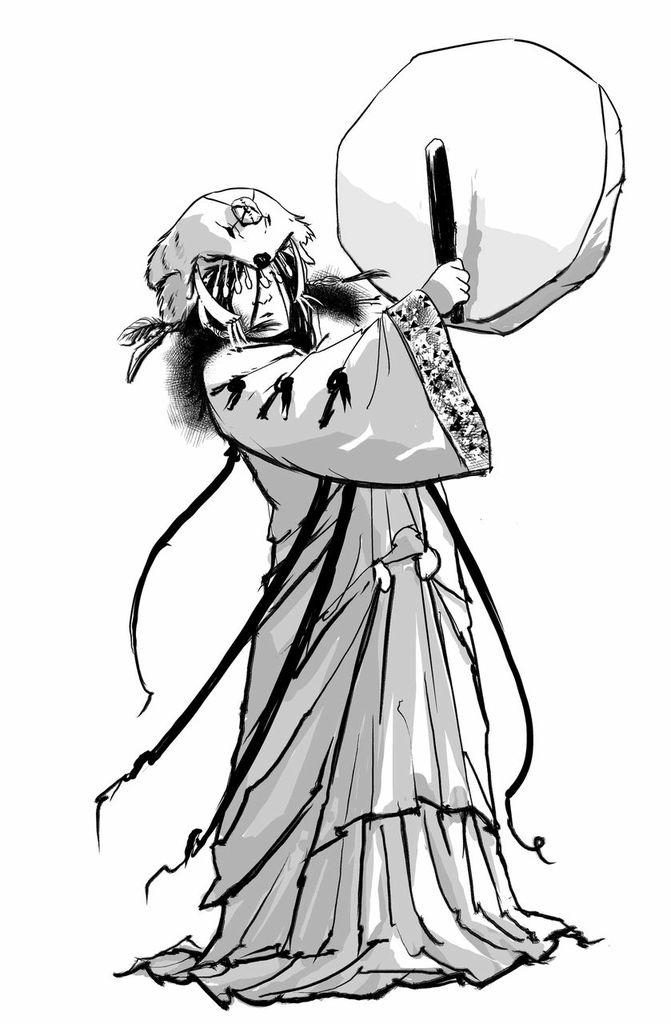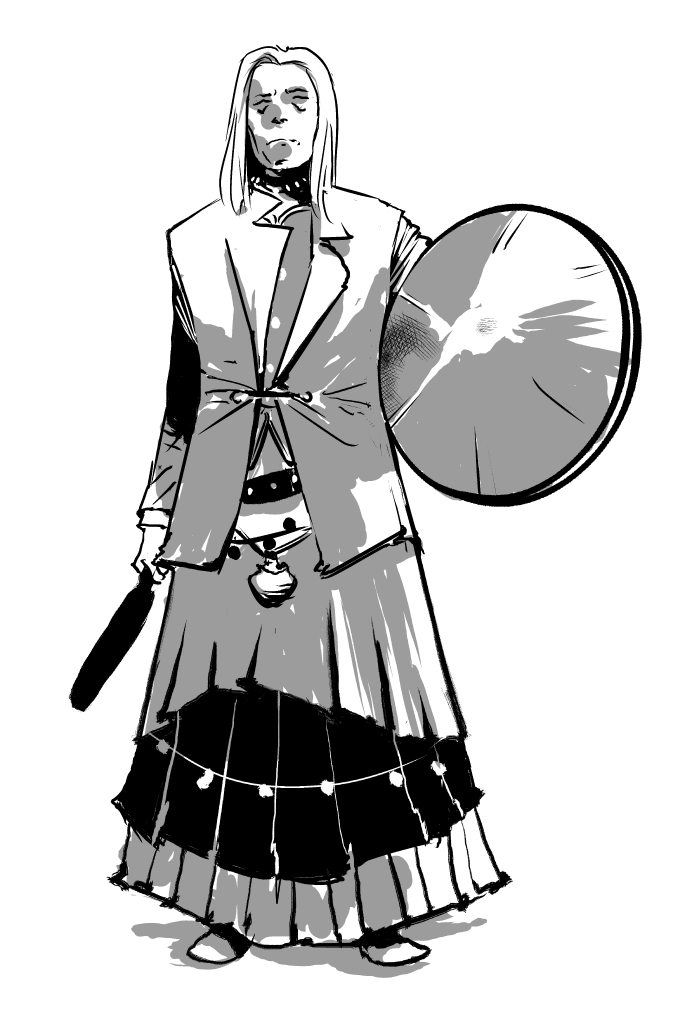By Kate Henderson for Tom Tom Magazine
Shamanic ritual is the earliest known attempt at spiritual connection and the ‘proto-religion’ from which all spiritual and religious traditions later sprung. While the psychedelic religious rituals of peyote eating performed by theHuichol of northern Mexico and the Amazonian tribes participating in Ayahuasca imbibement are the most well-known examples, ritual trance has been induced with drumming since the Paleolithic era.
Continuous fast drumming, using a hand held frame drum, at the rate of 180-250 bpms is traditionally the most common method of eliciting a trance state which allows the participant to experience “non-ordinary reality”. This predates every other form of religious ritual and has a common methodology across cultures and continents, based on the findings of archaeologists and anthropologists around the world. Similarities in ritual forms, ritual implements like drums and rattles, costumes of the shaman and descriptions of the non-ordinary reality during trance states are remarkably consistent in indigenous peoples from Asia, Europe, the Middle East, Australia, and the Americas. Many of these traditions still survive and are currently practiced.
The most interesting and least well-known aspect of shamanism is the traditional role of women, both as shamans and drummers. British scholar Geoffrey Ashe wrote that shamans were originally women, and that the oldest form of the word ‘shaman’ is gendered female. Across Asia, female shamans have been observed since the dawn of modern anthropology, and even male shamans in some native cultures around the world have worn women’s clothes and striven for an androgynous persona in ritual to better connect with the spirit world. Some of the oldest known ritual burials were of female shamans or priestesses, in areas as far apart as Germany and Israel, dated from 8,000-12,000 years ago. How women came to embody this role so early in human history isn’t known, though their ability to produce life is most likely the answer. Ritual drums were often painted red to depict menstrual blood, had symbols of the vulva, and rituals centered around fertility and fecundity.
The intention in a shamanistic ritual ceremony is for a person to access a normally invisible reality by eliciting a trance state and experiencing a ‘journey’ of the mind for the purpose of healing or divination. Shamanistic spirituality is essentially Animism, a belief system that views all things as having a ‘spirit’- people, animals, plants, rocks etc. One can make contact with these spirits during the trance ‘journey,’ and ask for their help and guidance.
The tradition of drumming female priestesses leading rituals for the purpose of fertility and healing continued in the west through the dawn of civilization, through the Sumerians, Minoans, Greeks and Romans. It declined with the rise of Judeo-Christian structures when women were gradually driven from all roles of religious authority in that part of the world. Similarly around the world, as patriarchal structures gained power, shamanism declined – especially as performed by women. The drum may have been the first aspect of female driven religious ritual to be removed. Considering the power of a drum to both drive armies and induce spiritual ecstasy, it’s no wonder why it would be a threat to patriarchal authority.
In the larger view of human history, it’s been a relatively short time that women have not been central to both drumming and spiritual ritual. Layne Redmond, author of When the Drummers Were Women, goes deep into the history of female drumming in a ritual context, and points out the first known historical record of a drummer of either sex is of Lipaushiu, a Sumerian priestess c. 3,000 BC. Put that in your peace pipe and smoke it.




